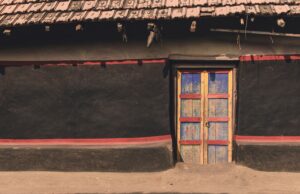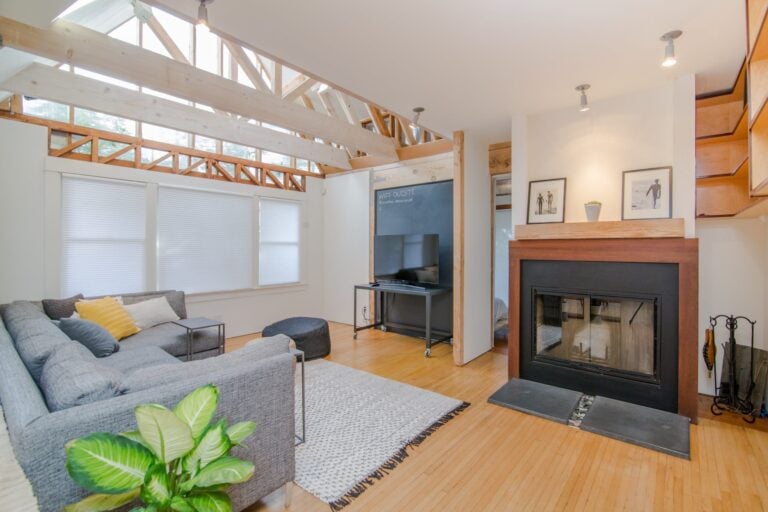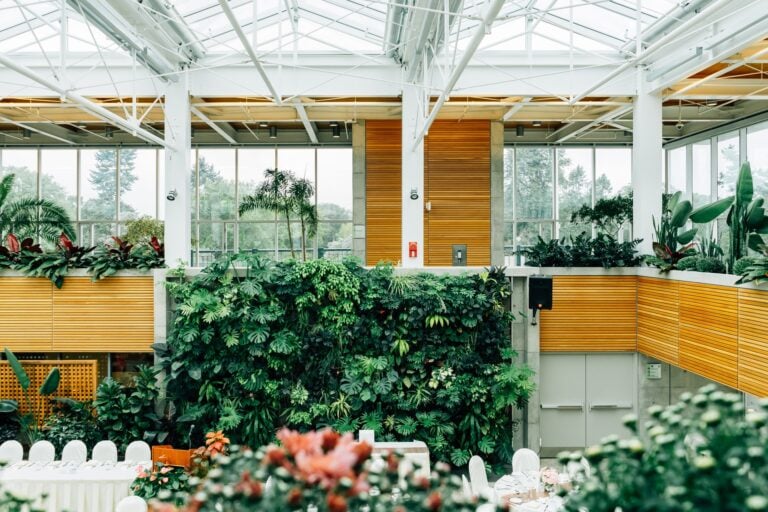Mud Buildings Of The Past Teach Timeless Lessons In Sustainability
 Constructed in the thirteenth century and rebuilt in 1907, the Great Mosque of Djenné in Mali, West Africa — considered the pinnacle of Sudano-Sahelian architecture — is made entirely from adobe: dried mud brick typically comprised of natural elements like earth, water, and straw and baked in the sun. Adobe is an ancient, durable material used in some of the world’s oldest buildings, including the world’s last residential fort in Rajasthan, India. Indeed, although it may not seem like it, mud is special in terms of sustainability as it regulates temperature to keep buildings warm in the winter and cool in the summer. As climate scientists highlight the need to switch to zero- or low-carbon building materials to reach climate goals, mud, which is 100% recyclable and has minimal environmental impact, can pave the way to a greener future.
Constructed in the thirteenth century and rebuilt in 1907, the Great Mosque of Djenné in Mali, West Africa — considered the pinnacle of Sudano-Sahelian architecture — is made entirely from adobe: dried mud brick typically comprised of natural elements like earth, water, and straw and baked in the sun. Adobe is an ancient, durable material used in some of the world’s oldest buildings, including the world’s last residential fort in Rajasthan, India. Indeed, although it may not seem like it, mud is special in terms of sustainability as it regulates temperature to keep buildings warm in the winter and cool in the summer. As climate scientists highlight the need to switch to zero- or low-carbon building materials to reach climate goals, mud, which is 100% recyclable and has minimal environmental impact, can pave the way to a greener future.
The Great Mosque’s mud walls offer excellent thermal comfort
In the daytime, the walls in the Great Mosque of Djenné — the largest mud building in the world — slowly heat up from the outside, and cool back down again overnight. “Mud walls collect heat during the day from solar radiation and release it at night. The temperature never fluctuates — it’s always at a comfortable level,” Pamela Jerome, a U.S. architect tells BBC Future. Mud’s high thermal mass allows it to steadily absorb and store heat, which, in turn, lessens the need for modern, energy-intensive heating and cooling systems. In contrast, heat is free to pass through concrete cinder blocks, which warms up buildings, and heightens the needs for artificial cooling. Air conditioning currently accounts for 3% of carbon emissions.
Extra ventilation is also provided overnight through the simple removal of ceramic caps on the mosque’s roof. The walls are also extremely thick (between 16-24 inches) largely in order to further provide enough insulation in West Africa’s hot climate. And, since the mud is so thick, it also works to prevent noise pollution from the outside or adjacent rooms.
Jaisalmer Fort — the world’s last living mud fort
The Jaisalmer Fort in the city of Jaisalmer, within the Indian state of Rajasthan, is another historic example of sustainable mud constriction that still stands today. In fact, the Jaisalmer Fort was built in 1156 AD, and the buildings within the fort are all topped with three-feet of mud to regulate temperature. The fort — which reaches 250 feet tall and contains 99 bastions — is reportedly the last remaining “living fort” in the world as at least 4,000 locals still reside within its walls. Notably, in addition to mud, the fort also uses other sustainable construction techniques like jaali screens, which are pretty screens made of perforated stone. Jaali screens allow air to circulate through the building and provide privacy at the same time.
Low environmental footprint, high resilience
Although mud’s fallen out of favor as a construction material in modern-day U.S., indigenous communities in Colorado and New Mexico built and lived in mud-based homes for thousands of years. In addition to the thermal comfort mud provides, it was also popular for its convenience. Mud’s a local building material that’s readily available virtually everywhere, so there’s no need for excessive transportation, which is extremely carbon-intensive. In contrast, concrete accounts for roughly 7% of global carbon emissions. Modern buildings as a whole also generate one-third of global greenhouse gas emissions and consume 40% of the world’s energy.
Moreover, mud also holds up against extreme weather events, including, storms, floods, droughts, and heat waves — which are all expected to increase due to climate change. Yet, in their current form, most homes are generally not adequately prepared for this changing weather. Mud is a potential solution. Mud’s resilience is “because of the ability of its structure to distribute the load that it faces on its surface, unlike concrete or cement,” architect Salma Samar Damluji, tells the BBC. “The protective external rendering used in several layers of refined mud, ash and lime coating and plaster” also makes mud “damp-proof”, she adds. However, at the same time, mud buildings must have reinforced foundations in order to survive floods.
Our ancestors recognized mud’s sustainable qualities and used it to create durable, temperature-regulating buildings that last through the ages. Cheap, durable, and with a low-environmental footprint, this ancient, natural material can be part of the solution to the climate crisis.


